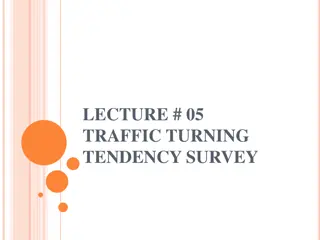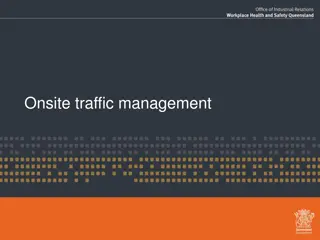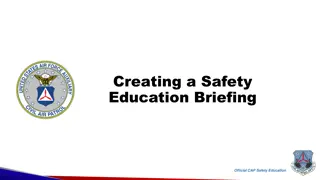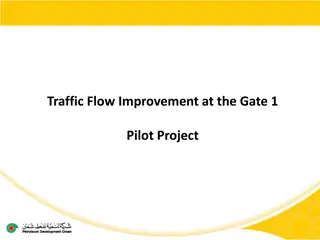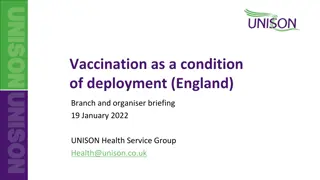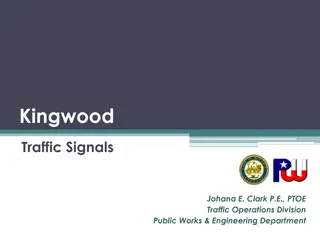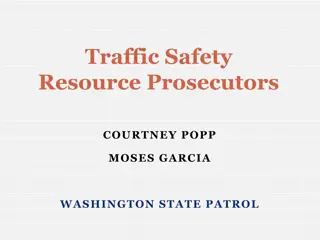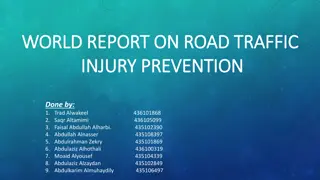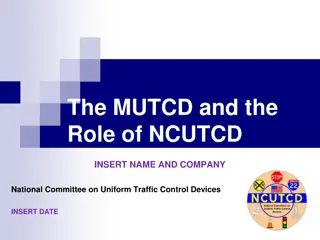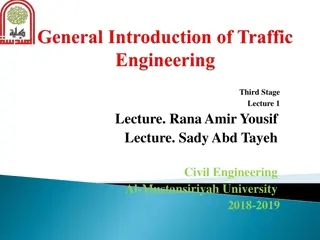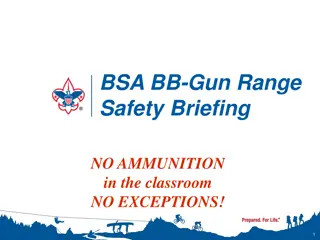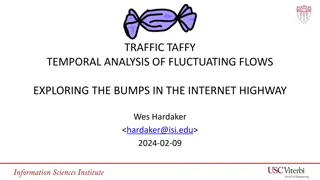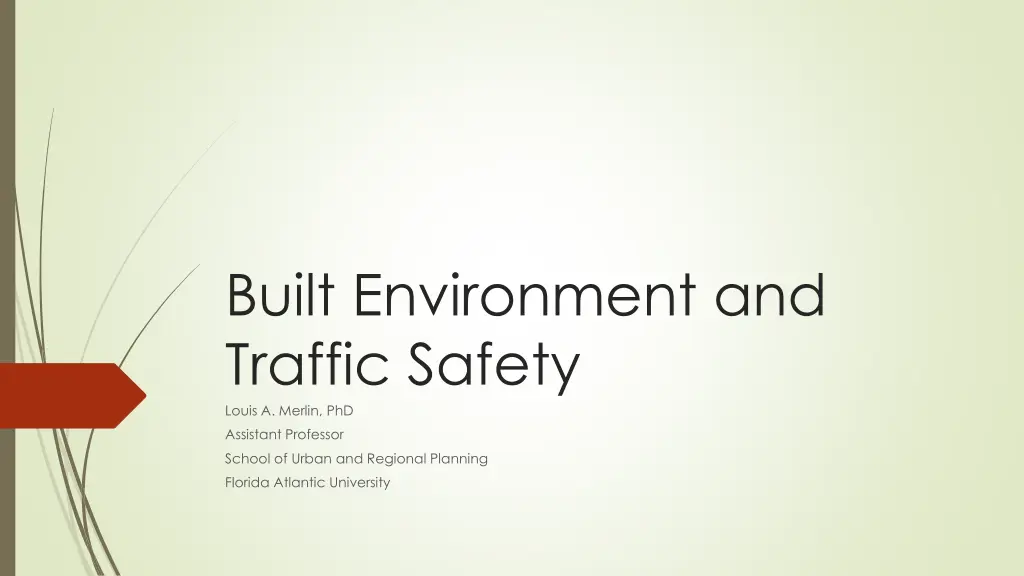
Influence of Built Environment on Traffic Safety Research Overview
Explore the impact of the built environment on traffic safety through research efforts focusing on residential accessibility, literature review, risk assessment, and likely variables affecting exposure and risk in traffic settings.
Download Presentation

Please find below an Image/Link to download the presentation.
The content on the website is provided AS IS for your information and personal use only. It may not be sold, licensed, or shared on other websites without obtaining consent from the author. If you encounter any issues during the download, it is possible that the publisher has removed the file from their server.
You are allowed to download the files provided on this website for personal or commercial use, subject to the condition that they are used lawfully. All files are the property of their respective owners.
The content on the website is provided AS IS for your information and personal use only. It may not be sold, licensed, or shared on other websites without obtaining consent from the author.
E N D
Presentation Transcript
Built Environment and Traffic Safety Louis A. Merlin, PhD Assistant Professor School of Urban and Regional Planning Florida Atlantic University
Overall Research Question What is the influence of the built environment on traffic safety?
Current Research Efforts Literature review of the built environment and safety Analysis of residential accessibility on traffic safety
Literature Review on Traffic Safety Scope: Reviewed macroscopic studies of traffic safety in the literature Studies of traffic safety at an areal unit traffic analysis zone, census tract, or census block group Reviewed the range of built environment measures considered for their impacts on traffic safety Focus especially on built environment s effect on crash risk
Risk vs. Exposure Traffic Injury = Exposure x Risk x Injury Probability Therefore, we can only assess the effect of the built environment on risk if we accurate assess the effect of the built environment on exposure first Unfortunately, we often have poor measures of exposure, especially for bicyclists and pedestrians
Built Environment: Likely Exposure Variables Population Density (+) Employment Density (+) Schools (+) Sprawl (+)
Built Environment: Likely Risk Variables Speed (+) Number of Lanes (+) Sidewalks (-) Traffic Signals (-) Bicycle Paths (-) Safety in Numbers (-)
Built Environment: Ambiguous Variables Could be Risk or Exposure Number of Intersections (+/-) Mixed Use (+) Commercial Land Use (+) Bus Stops (+) Disadvantaged demographic segments (+/-)
Recommendations for Future Research Explicitly categorize variables at exposure or risk a priori Select the most appropriate exposure variable available Select variables that are as close to the causal action of interest as possible, i.e. if speed is of interest, measure speed Do not over-include variables just because they are available this can confuse the direction of key relationships Hold critical aspects of the built environment constant, i.e. examining school environments
Analysis of Residential Accessibility as a Factor in Crash Risk The built environment is known to be associated with travel behavior Accessibility has a strong relationship with vehicle miles traveled than other built environment measures Therefore people who live in high accessibility environments may have lower exposure and therefore lower crash rates
Sprawl and Crash Rates Most of the built environment VMT crash rate analysis to date has been conducted for county-level measures of sprawl Sprawling counties have higher crash fatalities, but urban counties have higher rates of injury crashes Spill-over problem where someone lives is not necessarily where they crash Address spill-over problem by identifying residential location of crash victims
Data and Method Link all crashes for Charlotte-Mecklenberg county for 2013 to crash victim s residential location Predict crash rates as a function of accessibility, density at the residential location as well as demographic controls
Contrary to expectations, accessibility appears to be positively correlated with crash rates, after controlling for population and demographic factors Although people who live in high-accessibility areas may drive less, they may be exposed to other people s driving more Findings
Limitations Spill-over with people living in Charlotte and crashing elsewhere. Spatial autocorrelation methods should partially address this problem Crash data was for surface streets only. Possible that people in low accessibility areas are crashing more frequently on highways
Questions and Comments? lmerlin@fau.edu


